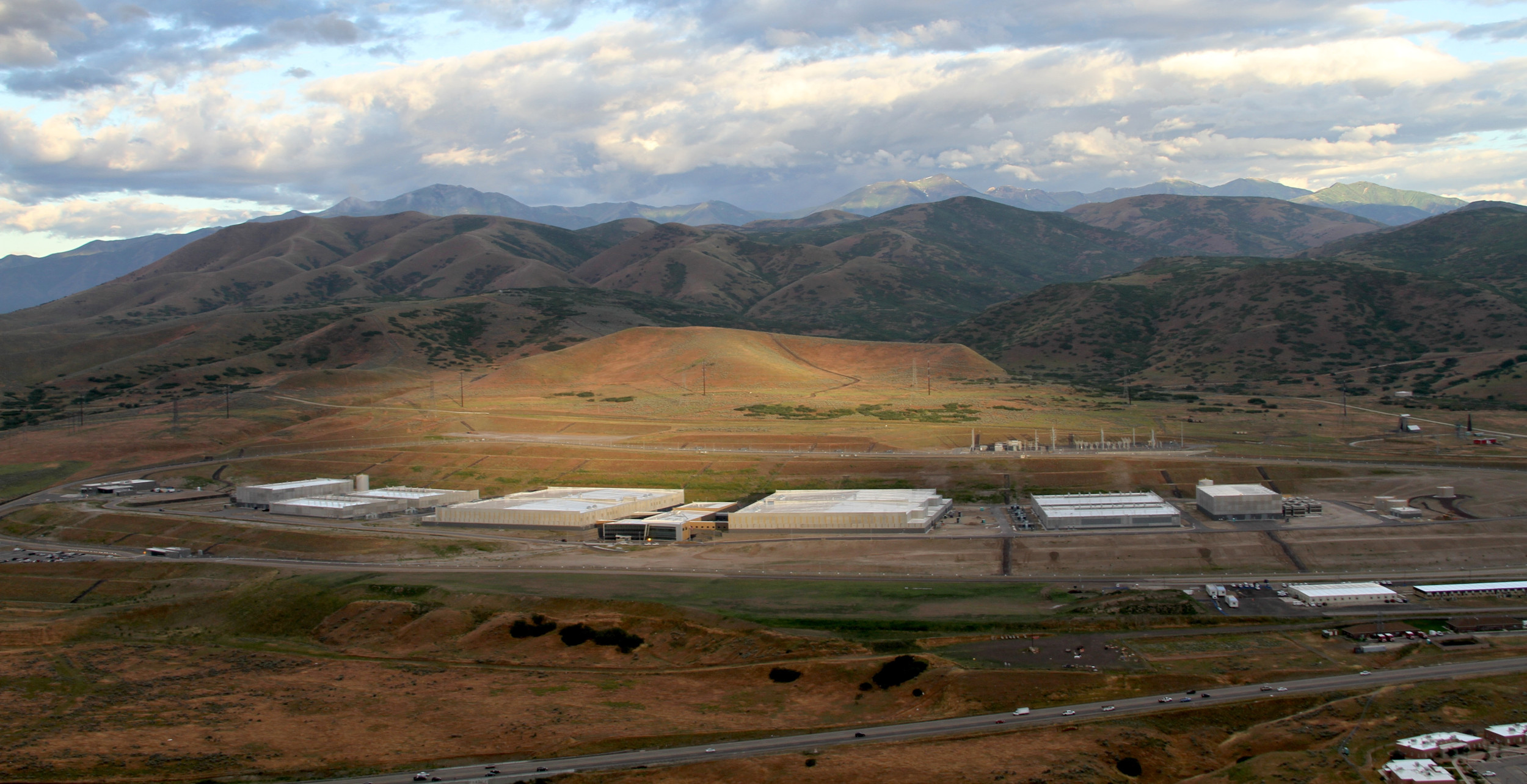
The Utah Data Center (UDC), a giant data storage facility in Utah, United States, used for mass digital surveillance purposes by U.S. intelligence agencies.
Mass digital surveillance is the large-scale collection, storage, and analysis of the digital communications of an entire or substantial portion of a population.
Mass digital surveillance relies on the collection of data from a variety of sources: financial transactions, border controls, GPS tracking of smartphones, and even “smart” streetlights. Technological advances in storage capacity allow vast amounts of data to be stored in State-controlled data storage facilities. Technological advances in processing power enable automated analysis of this data to facilitate the work of law enforcement and intelligence agencies worldwide.
See the “Digital surveillance” topic.
Used in tactics: Deterrence, Incrimination
Mitigations
| Name | Description |
|---|---|
| Avoiding self-incrimination | An adversary can use mass digital surveillance to retrieve self-incriminating information from a digital device. To mitigate this, you can avoid storing such information on digital devices except for very deliberate reasons (such as writing and sending an action claim while following digital best practices). |
| Digital best practices | You can follow digital best practices to make mass digital surveillance ineffective. For example, you can use Tor[1] to anonymize your Internet activity, and you can use security-oriented operating systems and applications that limit the data they store or collect about you. |
| Encryption | You can encrypt “in-motion” data to prevent observers at certain points on the network from analyzing this data. |

 English
English